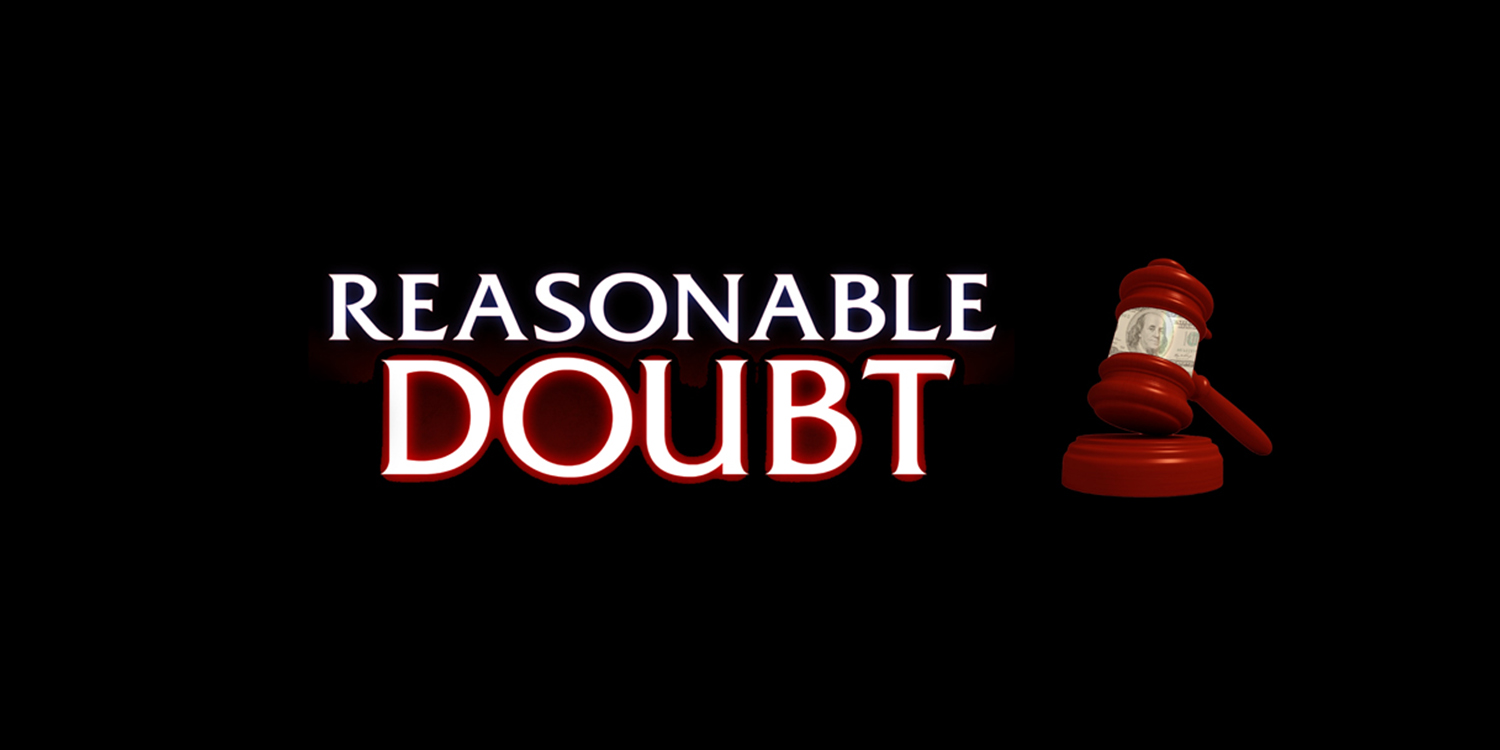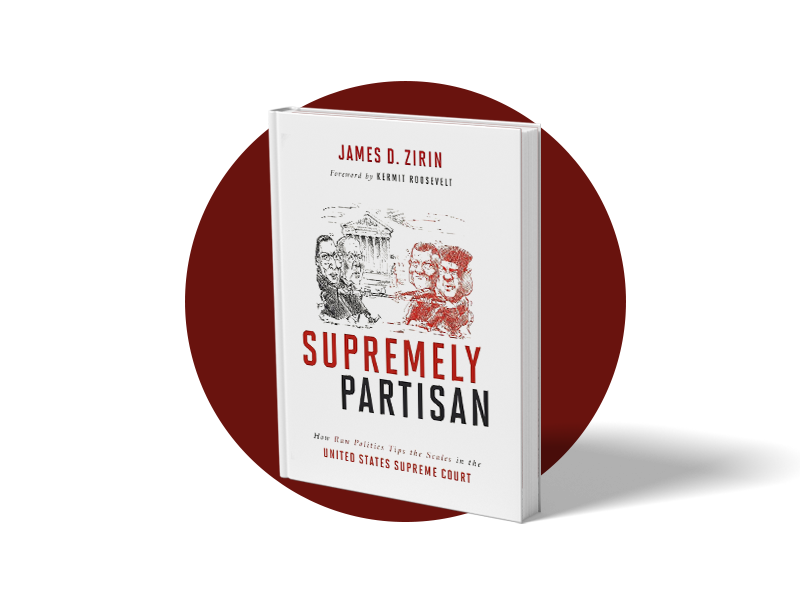Supremely Partisan
How Raw Politics Tips the Scales in the United States Supreme Court
In the wake of Trump’s victory and the Gorsuch confirmation, we seem to have taken a huge step backward with the Supreme Court, with the progress of the last half century suddenly imperiled.
In his new book, SUPREMELY PARTISAN: How Raw Politics Tips the Scales in the United States Supreme Court (Rowman & Littlefield; September 2016), James D. Zirin, demonstrates how the Justices often act more like politicians in robes, advancing a favored policy agenda. Increasingly, decisions are sourced in in the political views of the Justices. But, a Court that deviates from a judicial role and seeks to legislate from the bench risks losing the public confidence in its judgments.
Zirin explains how we arrived at the present polarization with so many decisions decided 5-4 or 6-3. He treats the historic WASP, Catholic, Jewish, African American, and female seats, and examines four of the Court’s most controversial recent decisions – Hobby Lobby, Obamacare, gay marriage, and capital punishment–arguing that these decisions have been taken on partisan grounds.
In this timely, compelling work, Zirin argues that the Court has become increasingly politicized, rapidly making policy choices right and left on ideological bases that have nothing to do with the Constitution.
Supremely Partisan
Interviews
Supremely Partisan
Reviews
Review–Supremely Partisan
Reviewed by Bertrand Langhorne | Dan’s Papers September 1, 2017
How Impartial Is the U.S. Judiciary?
Reviewed by Michael Beloff, Q.C. | The Spectator (London) February 3, 2017
Supremely Partisan
Reviewed in The Inquisitive Loon (London) January 13, 2017
Court Politics
Reviewed by Dominic Sandbrook | The Sunday Times (London) November 13, 2016
Politicized and Polarized
Reviewed by Sally Susman | The East Hampton Star November 3, 2016
Constitutional Rivalries in a Divided Nation
Reviewed by Peter Hegarty | The Irish Catholic November 10, 2016
Supremely Partisan
Reviewed by KIRKUS | STAR Kirkus Review June 30, 2016



























